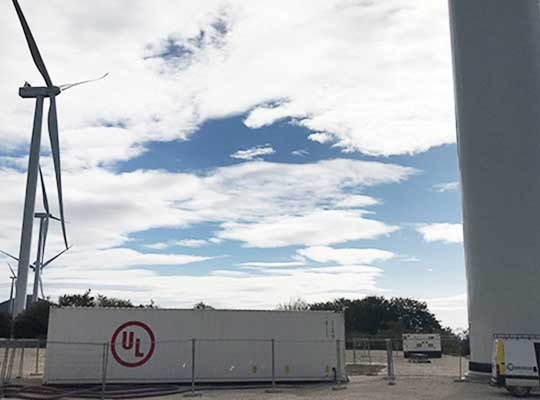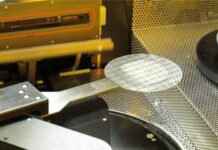Bengaluru, November 29, 2019: UL, a announced the launch of the country’s first mobile over voltage ride through (OVRT) laboratory to help enable new wind and solar power plants to comply with the latest grid codes. OVRT is the ability of a grid-connected generating station to remain connected when the voltage at the interconnection point on any or all phases, rises above specified values.
The Central Electricity Authority (CEA) regulations that came into effect as of Feb. 8, 2019, mandate that all wind and solar power plants connected at any voltage level must have OVRT capability. Given that the main objective of the new regulations is improving grid stability, the licensee may disconnect renewable energy power plants from the grid for noncompliance.
Commenting on the launch, Dr. Chakradhar Byreddy, director for renewables in Asia Pacific for UL, said, “We launched our low voltage ride through (LVRT) mobile testing laboratory following the introduction of grid connectivity standards for wind and solar power generating stations by the CEA in 2013. UL has now launched the mobile OVRT laboratory to help the industry quickly meet the deadline to comply with the new requirement by February 2020. Apart from the testing capabilities, we bring the experience and understanding of global grid codes to ensure that power from renewable energy technology is safely transmitted onto the grid. We also support customers by offering customized solutions that support grid integration and energy systems.”
It is the responsibility of the manufacturers of wind turbines and solar inverters to have their prototypes tested before they supply them to power plants for commissioning. The latest grid codes do not apply to installed and commissioned renewable energy power plants. The mobile OVRT laboratory can test wind turbines and solar inverters directly at the power plants up to the range of 10 megawatt (MW). UL shares the preliminary test results after each test, so the wind turbine or inverter experts can fine-tune the design to meet the requirements. It also issues detailed reports after successful completion of all the test procedures.
Talking about UL’s commitment to India, Mr. Suresh Sugavanam, vice president and managing director in South Asia and Sub-Saharan Africa for UL, said, “As part of our ‘In India, for India’ strategy, we will keep building local testing capabilities to serve our client needs in India. We made the investment based on the industry and stakeholder feedback. We intend to continue making further investments and soon offer local services in prototype testing that will help the country get closer to its 175GW renewable energy target by 2022.”
















